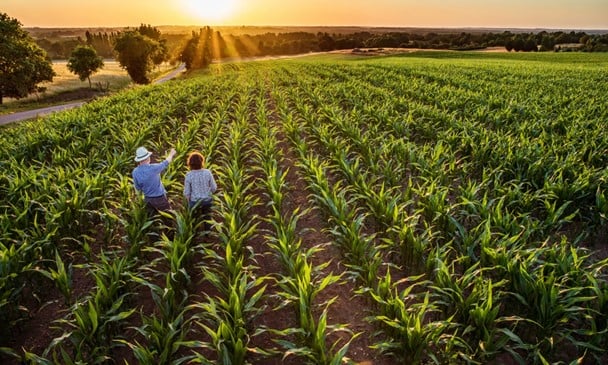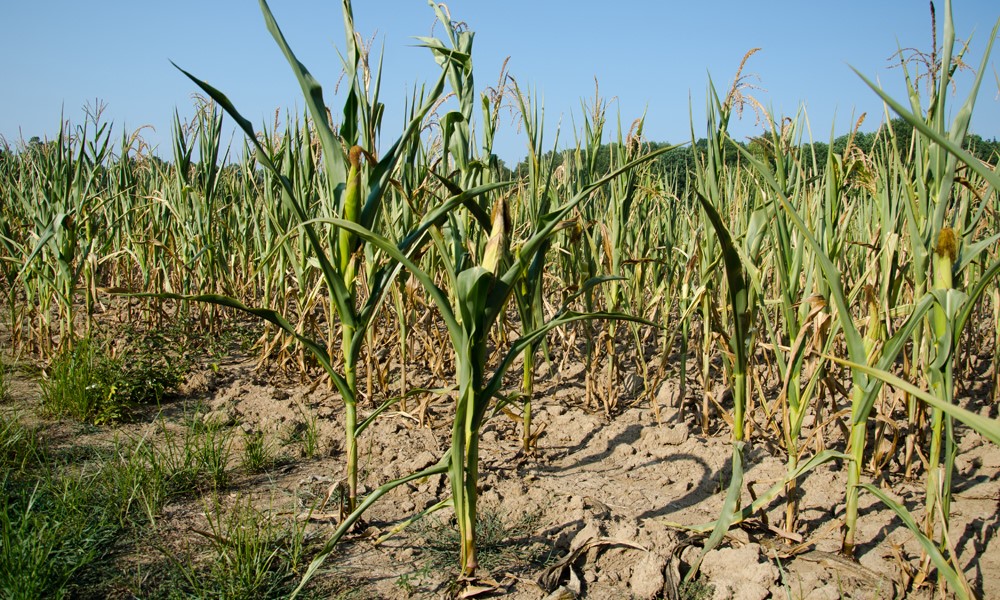Spring planting in Minnesota for 2021 is sure to be like no other. While the weather and soil conditions are still in a state of spring flux, from a market standpoint, many signs point to hope and optimism.
As you prepare to plant corn and soybeans in the field, here’s a quick overview of some of the indicators.
Will warmer weather push farmers to plant early?
An early thaw followed by a long stretch of warmer-than-average temperatures can certainly convince some growers to get the planter out early.
However, a recent blog from the University of Minnesota Extension Services indicates planting corn between April 25 and May 10 tends to result in the best yields. For soybeans, that ideal timeframe is around May 1. Getting out earlier, it goes on to say, “rarely” results in greater yields while increasing the risk of loss due to frost and cooler temperatures.
To help you keep an eye on the conditions, the Minnesota Crop Progress and Condition report will be presenting its weekly reports on soil temperatures, moisture and, eventually, planting progress.
Check out Ag operating loans: What are they and how do you get ready?
Will higher prices get more acres in production?
A year ago, you may have held back some acres from production, either because your fields were continuing to recover from flooding from 2019 or you were hedging your bets against the bleak economic prospects from the global pandemic — or both.
But this year, it seems some of the acres are returning to production. If so, you’re in good company. According to the USDA planting intentions report 2021, we're poised to have the third highest planted acreage on record, based on these projections:
- 91.1 million acres of corn, just under a 1% increase from 2020.
- 87.6 million acres of soybeans, which is 5% higher than 2020.
Still, as Farm Doc Daily from the University of Illinois points out, the acreage totals in the Prospective Planting report falls short of what analysts predicted. These factors should be pushing more acres into production in 2021:
- Crop insurance guarantees for corn and soybeans are the highest since 2013.
- Optimism that export sales will continue to improve, particularly with China.
- Increased funding from the Coronavirus Food Assistance program.
In response to the Prospective Plantings report, corn futures took an upward hike. These indicators could nudge more farmers to bring more acreage into production. But that remains to be seen, as the USDA releases its revised acreage estimates on June 30.
Read more in Positioned for success: The 101 on farm business management
Fewer grains in on-farm storage
The trends toward commodity prices all around mean you've also moved some of that stored grain into the market. Data from Prospective Planting report shows that on-the-farm storage is now at the lowest levels since 2015, with a marked decrease from one year ago:
- 9% less on-farm storage of corn
- 41% less on-farm storage of soybeans
Growers and producers are feeling more optimistic
Here’s one indication that farmers are feeling like better times lie ahead. In March 2021, the U.S. Ag Economy Barometer soared to 177 based on its monthly survey of farmers. In this survey, farmers are asked if they expect their farm’s financial performance to be better or worse than one year ago. Considering that the Ag Economy Barometer was a very tepid 55 in April 2020, it’s clear that farmers are stepping into the planting season feeling optimistic.
Despite this big recovery, farmers are still concerned about trade agreements with China. In March, just over a third (35%) of farmers expect China to fulfill its phase one obligations. Beijing wants to renegotiate the new trade agreement now that there’s a new president in the White House, saying the other agreement favors the U.S.
In the runup to talks, a couple of factors put the U.S. in a position of strength:
- China’s purchases of U.S. corn are up, way up, compared to one year ago. According to figures from the USDA, corn purchasing so far in 2021 is at an all-time high at an eye-popping 19.36 million tons.
- Demand for feed won’t be easing up anytime soon. After swine fever ravaged scores of hogs in China, producers are rebuilding their herds.
For a deeper dive, read our blog, As corn and bean prices recover, what's a farmer's next move?
Start the season strong with a sound financial plan
As you get your equipment ready for spring planting, you’ll also want to be sure your financial plan is in order.
At Minnwest Bank, our agri-business bankers have gained the trust of countless growers. That’s because they’re also farmers and producers who live and work in their community, so they understand the challenges and what’s at stake.
Get expertise you can trust to help your farm thrive. Make an appointment with a Minnwest ag banker today.


